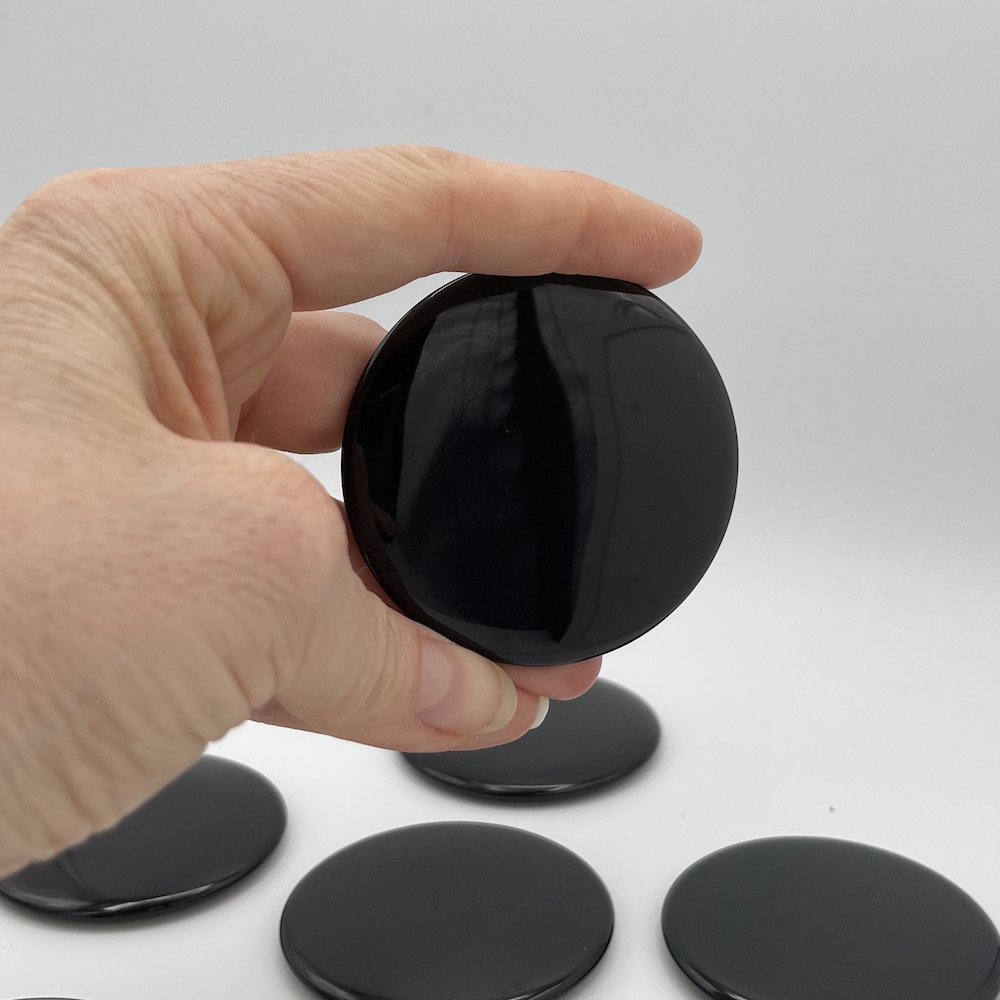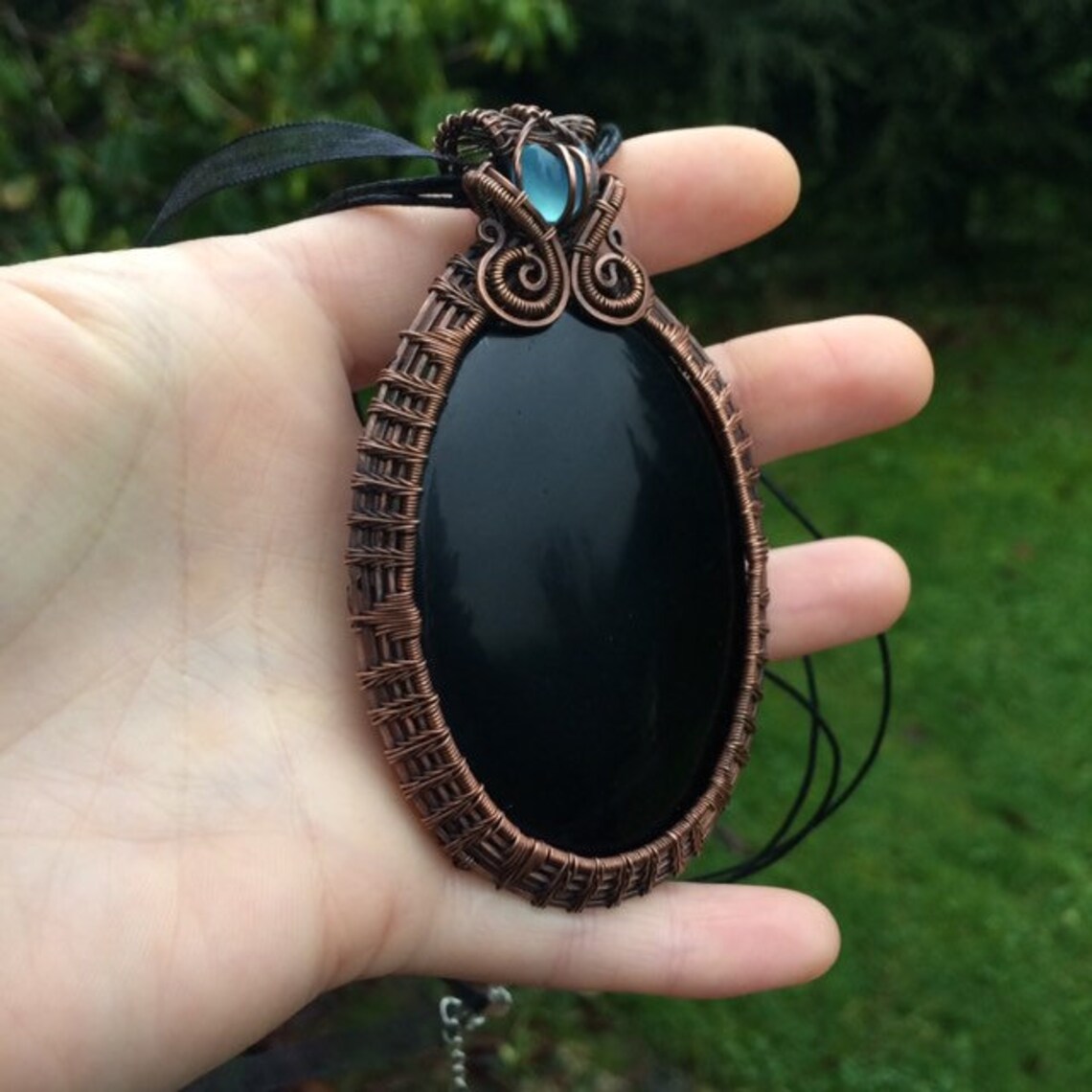
He was well connected with European intellectuals and travelled extensively in Europe. He also had several glass mirrors that he used to demonstrate optical illusions. Dee amassed a vast library and collected a variety of navigational equipment. Dee initially straddled the fine line between natural ‘magic’, which was considered a science, and demonic magic, which was considered a perversion of religion (Kieckhefer Reference Kieckhefer1989: 9), but the one into which he eventually crossed. He was an archetypal Renaissance scholar, writing on diverse subjects including alchemy and astrology. John Dee lived from 1527 to 1608/1609 (Harkness Reference Harkness1999 Woolley Reference Woolley2001 Clucas Reference Clucas2006 Parry Reference Parry2010) ( Figure 1). The contested position of the mirror across cultures and understandings of the world persists in its more recent collection history. This process took place at a critical period in history, in which the John Dee mirror is not only associated with the growing European engagement with the New World, but also came to symbolise the entangled relationship between science and magic in the late Renaissance. Researching an expanded corpus of Mexican mirrors and related artefacts (see Table S1 in the online supplementary material (OSM)) allows us to place them within a wider perspective, helping us to understand how associated meanings may have accrued and changed over time as the objects moved through different contexts (Kopytoff Reference Kopytoff and Appadurai1986 Gosden & Marshall Reference Gosden and Marshall1999). This includes determination of the geological origins of these obsidian objects. Here we review the history of the mirror and its association with John Dee, together with similar artefacts in the British Museum ( Table 1). Doubts have even been raised about how reliable its attribution to Dee is and whether it might be a copy, made with obsidian of European origin. How this particular mirror came into his possession in sixteenth-century Europe is not entirely clear.

Obsidian mirrors were first made in the seventh millennium BC in the Near East, although mirrors such as the one associated with Dee are likely to have been of Aztec origin (Ackermann & Devoy Reference Ackermann and Devoy2012 Smith Reference Smith and Baquedano2014). As a material, for example, obsidian is often regarded as special though widely used in tool manufacture, its use to make mirrors has often added to its allure and symbolic nature. Nevertheless, other aspects of the mirror also deserve attention.


The mirror's links to Dee's occult practices have created a unique set of meanings around this object. One of the most well-known objects on display in the British Museum's Enlightenment Gallery is the obsidian mirror associated with John Dee, the Renaissance polymath, magus and confidant of Queen Elizabeth I.


 0 kommentar(er)
0 kommentar(er)
